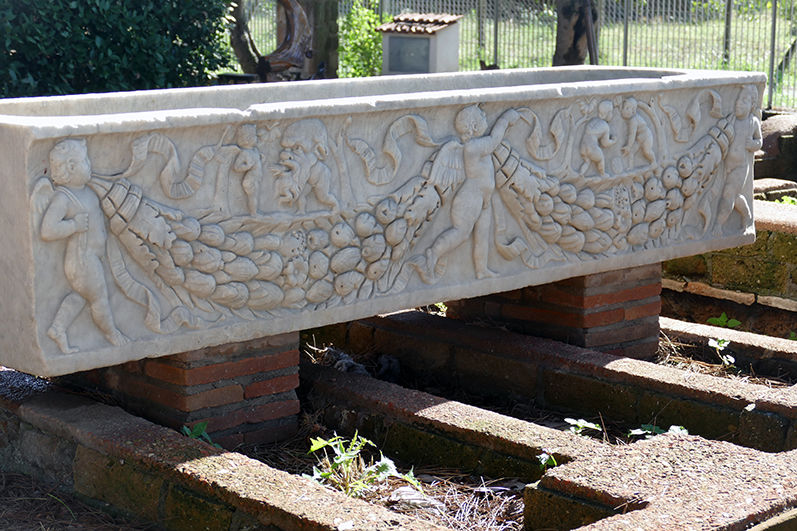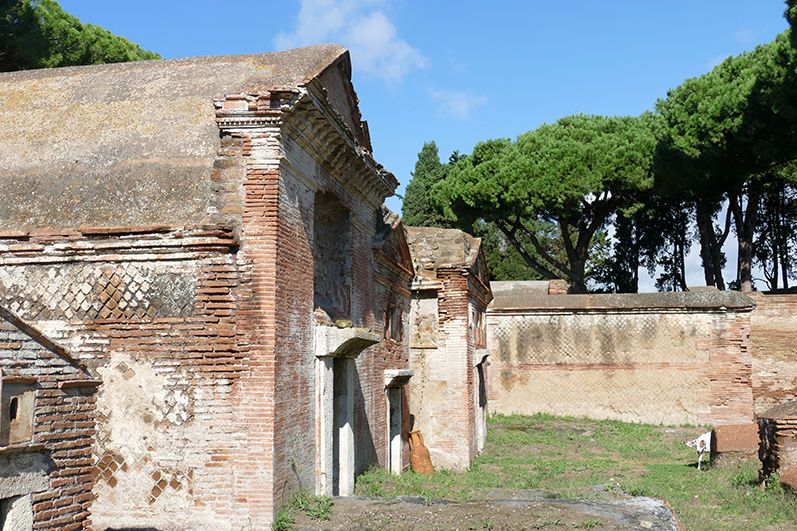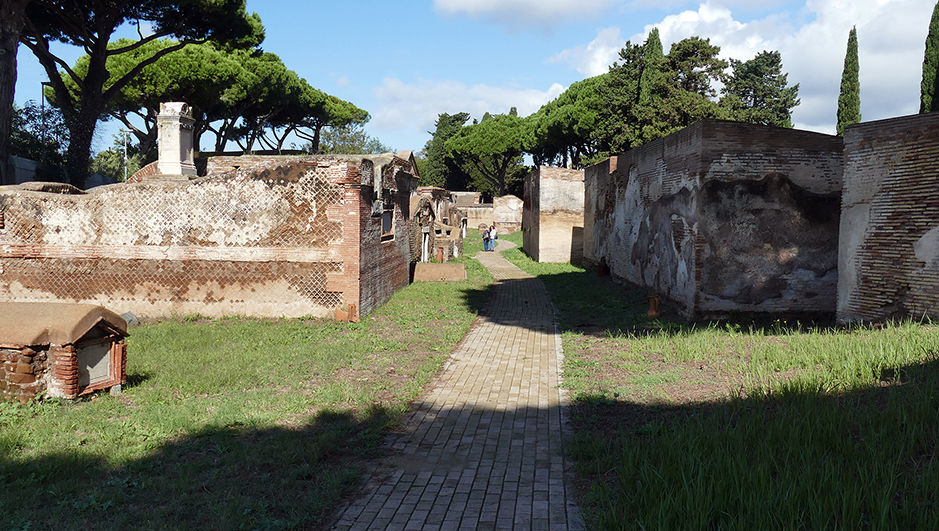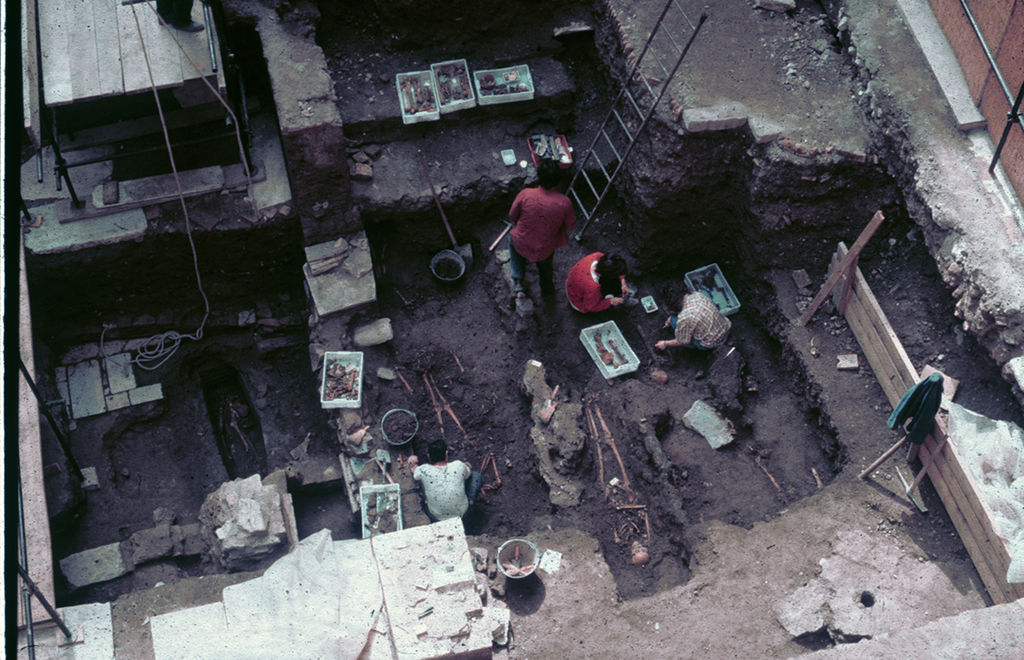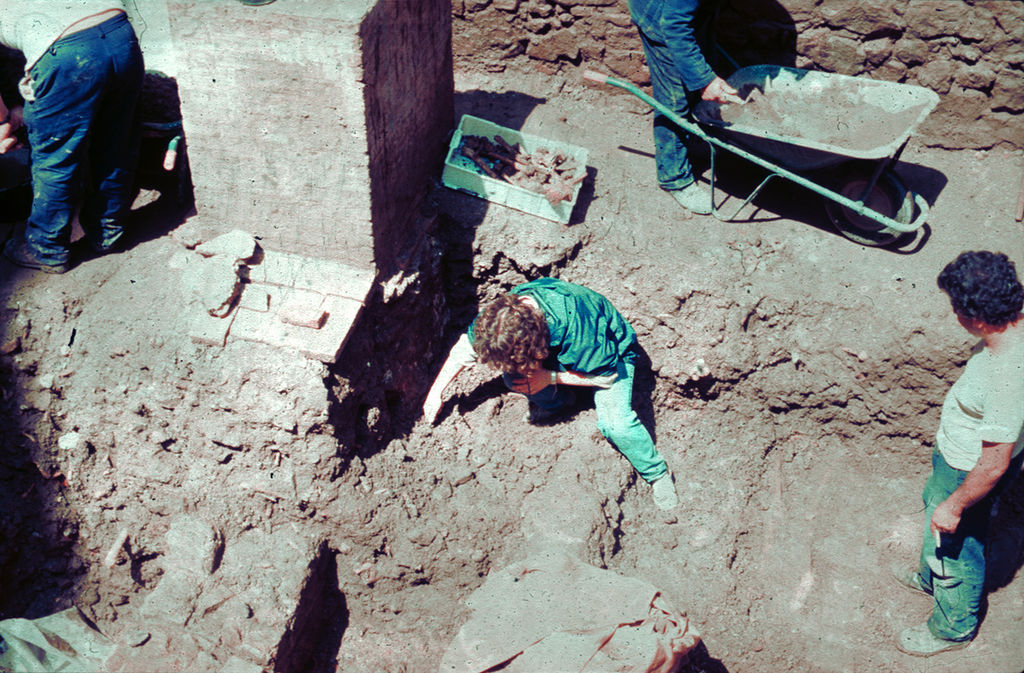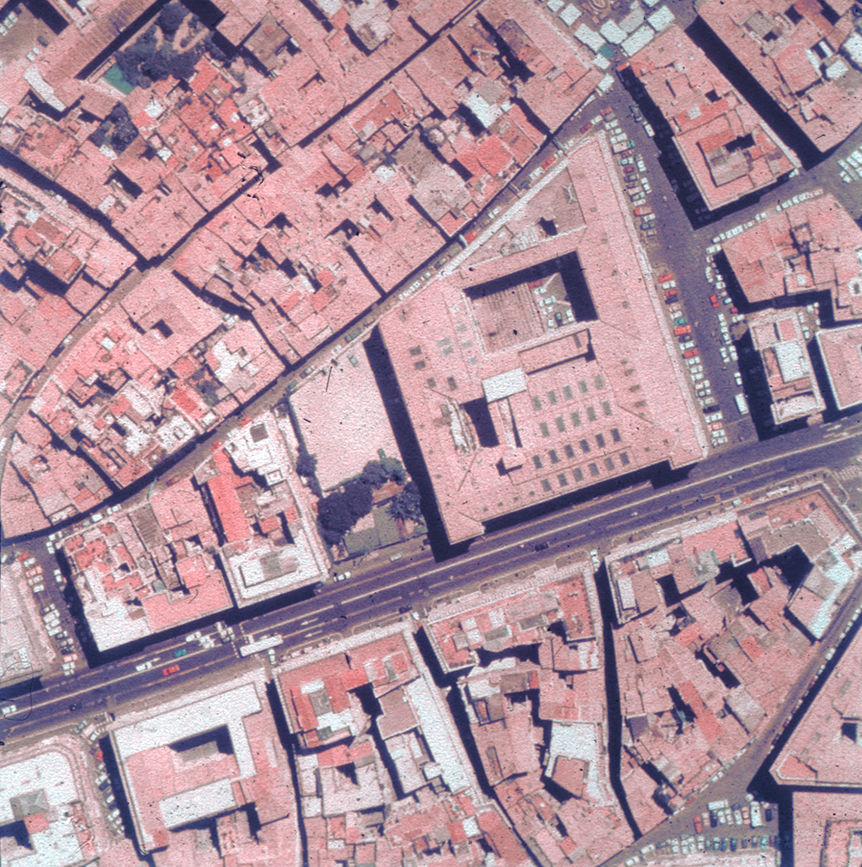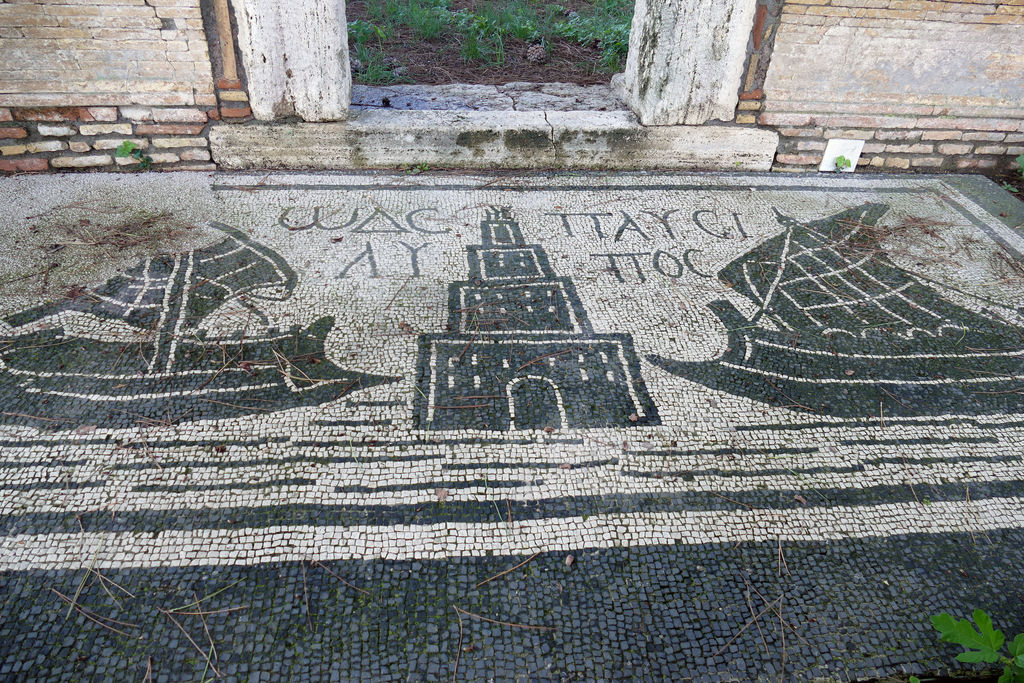
All Roads Lead to Rome
The analysis of human DNA samples from 29 archaeological sites has revealed a wide genetic variety in the population of Rome at the time of its foundation, but also in the previous millennia, confirming that it had always been a crossroads for migration and travel from every corner of the world. Diversity and inclusion have characterised the millennial history of Rome and its surroundings. This is what emerges from a genetical-historic reconstruction conducted by an international team of geneticists, bioinformaticians, anthropologists, archaeologists and historians from Sapienza University and the Universities of Stanford and Vienna, as well as various Italian institutions. The results have been published on Science, which dedicated its November frontpage to the report.
The ancient DNA, obtained from 127 individuals from 29 archaeological sites in Rome and surroundings, in a period spanning from the Upper Palaeolithic to the Modern Era, allowed the researchers to describe the origins, migratory fluxes and changes that influenced Ancient Rome and the inhabitants of nearby areas over the last 12,000 years.
The picture that emerges from the study documents the development of the Eternal City from a different point of view, confirming what is known from other sources, archives and anthropological and archaeological research, but adds new data and vantage points. For example, 8000 years ago, the area, which was already populated by hunter-gatherers, was enriched by the presence of farmers of middle eastern origin (Anatolic and surprisingly even Iranian). Subsequently, between 5000 and 3000 years ago, the analysed DNA reveals the arrival of populations from the Ukrainian Steppe. With the development of Rome and the Roman Empire, the genetic variability changes again and is further increased. The DNA record shows arrivals from the various corners of the Empire, with a predominance from the Oriental Mediterranean area and especially the Near East. The historical events that led to the division of the Empire and the birth of the Holy Roman Empire also witnessed by an inflow of peoples from Central and Northern Europe.
“We did not expect to find such an ample genetic diversity at the time of the foundation of the city with individuals originating from North Africa, the Near East and European Mediterranean Regions,” emphasizes Ron Pinhasi, who teaches Evolutionary Anthropology at the University of Vienna and is one of the senior authors of the study, together with Jonathan Pritchard, Professor of Genetics and Biology at Stanford University and Alfredo Coppa, Professor of Physical Anthropology at Sapienza.
However, the most interesting part is still to come for the authors. Although Rome began as a simple city-state, over the course of a few centuries it created an Empire that spanned to Great Britain in the North, North Africa in the South and Syria, Jordan and Iraq in the East. The expansion of the Empire facilitated movement and interaction amongst peoples through trade routes and networks, new road infrastructure, military campaigns and slavery. The archaeological record indicates the presence of close relations between Rome and all other parts of the Empire. In fact, Rome’s prosperity was based on the commercial goods coming in from every corner of the known world.
Moreover, the researchers discovered that genetics not only confirms the historical-archaeological picture, but also makes it more complex and articulated. During the Imperial Period, there was an enormous change in the ancestry of Romans: most came from the Near East, probably as those were the most populous areas, rather than from the western borders of the Empire.
“The analysis of DNA has revealed that, while the Roman Empire expanded throughout the Mediterranean area, immigrants from the Near East, Europe and North Africa settled down in Rome, significantly changing the appearance of one of the first large cities of the ancient world,” explains Prof. Pritchard, a member of Stanford Bio-X.
The following centuries were characterized by tumultuous events such as the transferal of the capital to Constantinople, the division of the Empire, diseases that decimated the population of Rome and then a series of invasions, including the Sack of Rome by the Visigoths in 410. All of these events left a trace on the ancestry of the city: a clear shift from the Eastern Mediterranean area towards Western Europe. Similarly, the rise of the Holy Roman Empire marked an inflow of ancestry of Central and Northern Europe.
“For the first time, such a wide-reaching study has been applied to the capital of one of the greatest Empires of antiquity, Rome, revealing previously unknow aspects of a great classic civilization,” points out Prof. Alfredo Coppa.
"This is the result of thirty years of research by the Museo delle Civiltà on the anthropology of Ancient Rome. We have added a new piece to the puzzle of this complex society, which is still mysterious to us,” add Alessandra Sperduti and Luca Bondioli from the Rome Museo delle Civiltà.
The study on Rome was carried out with cutting-edge technology for ancient DNA analysis that this research group has been employing for over a decade to understand details that are not clear in the historical record,” explains Prof. Pritchard. “The historical and archaeological documents tell us much about the political history and Rome’s contacts with other areas of the world – through trade and slavery, for example – buy they provide only limited information on the genetic composition of the population.”
“This data on ancient DNA provides us with a new source of information that mirror the social history of individuals in Ancient Rome,” underlines Ron Pinhasi. “Our study involved a large number of archaeologists and anthropologists who allowed us to interpret our results and place them place in the time frame,” adds Prof. Coppa.
References:
Ancient Rome: A genetic crossroads of Europe and the Mediterranean - Margaret L. Antonio, Ziyue Gao, Hannah M. Moots, Michaela Lucci, Francesca Candilio, Susanna Sawyer, Victoria Oberreiter, Diego Calderon, Katharina Devitofranceschi, Rachael C. Aikens, Serena Aneli, Fulvio Bartoli, Alessandro Bedini, Olivia Cheronet, Daniel J. Cotter, Daniel M. Fernandes, Gabriella Gasperetti, Renata Grifoni, Alessandro Guidi, Francesco La Pastina, Ersilia Loreti, Daniele Manacorda, Giuseppe Matullo, Simona Morretta, Alessia Nava, Vincenzo Fiocchi Nicolai, Federico Nomi, Carlo Pavolini, Massimo Pentiricci, Philippe Pergola, Marina Piranomonte, Ryan Schmidt, Giandomenico Spinola, Alessandra Sperduti, Mauro Rubini, Luca Bondioli, Alfredo Coppa, Ron Pinhasi, Jonathan K. Pritchard – Nature (2019) DOI 10.1126/science.aay6826
Further Information
Alfredo Coppa - alfredo.coppa@uniroma1.it
Department of Environmental Biology

